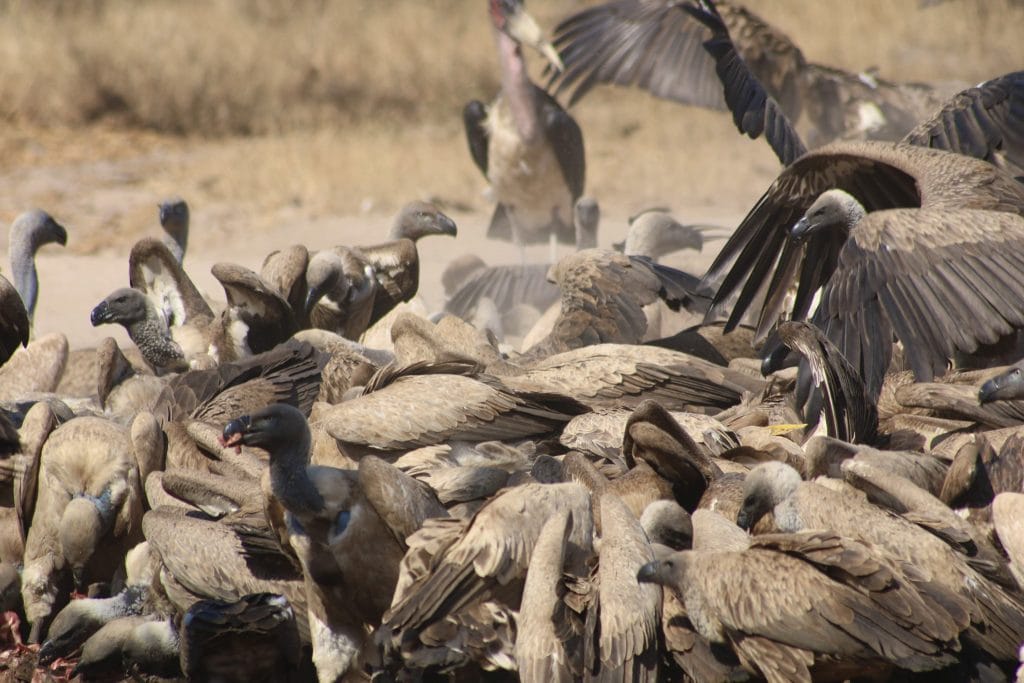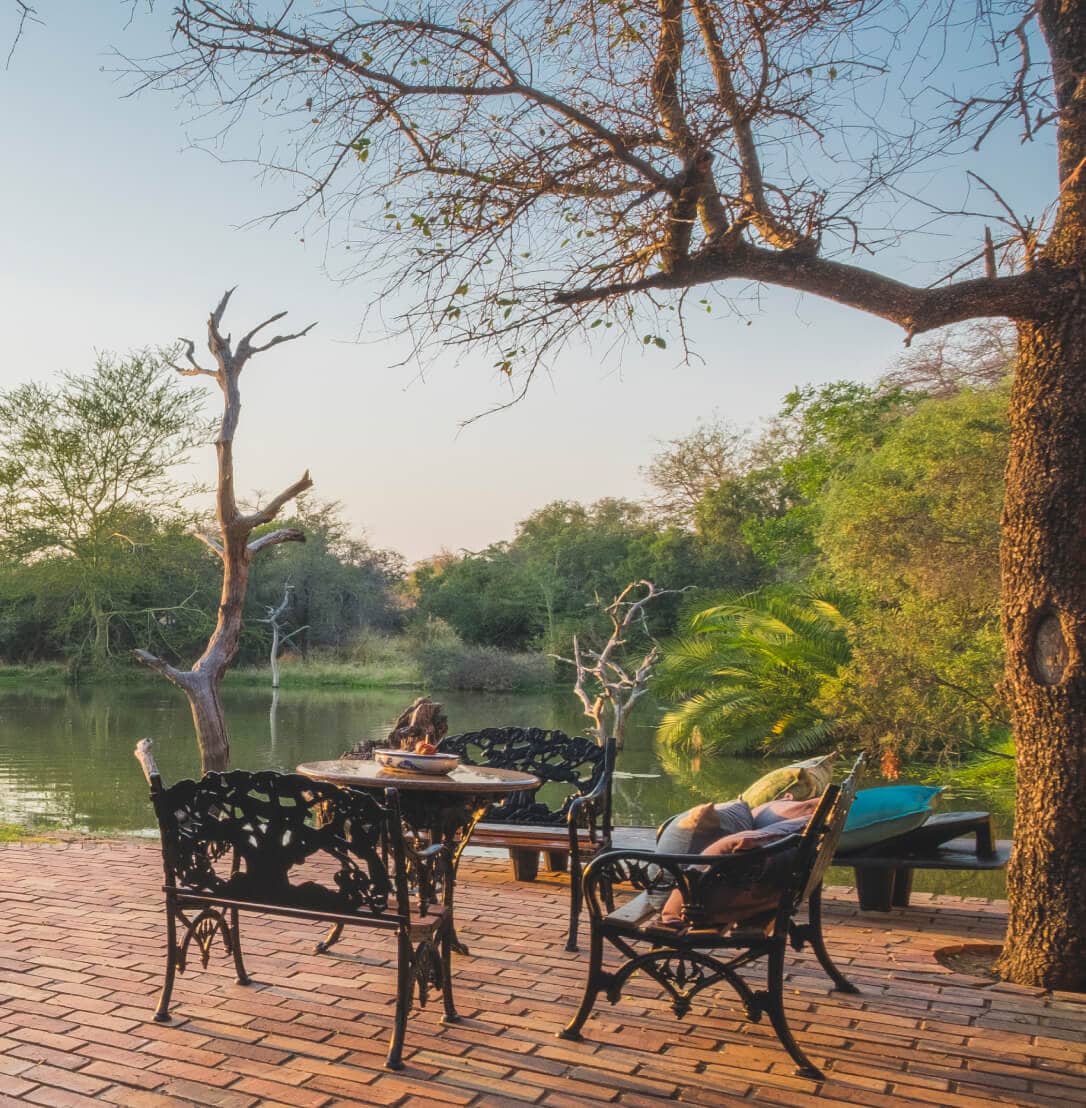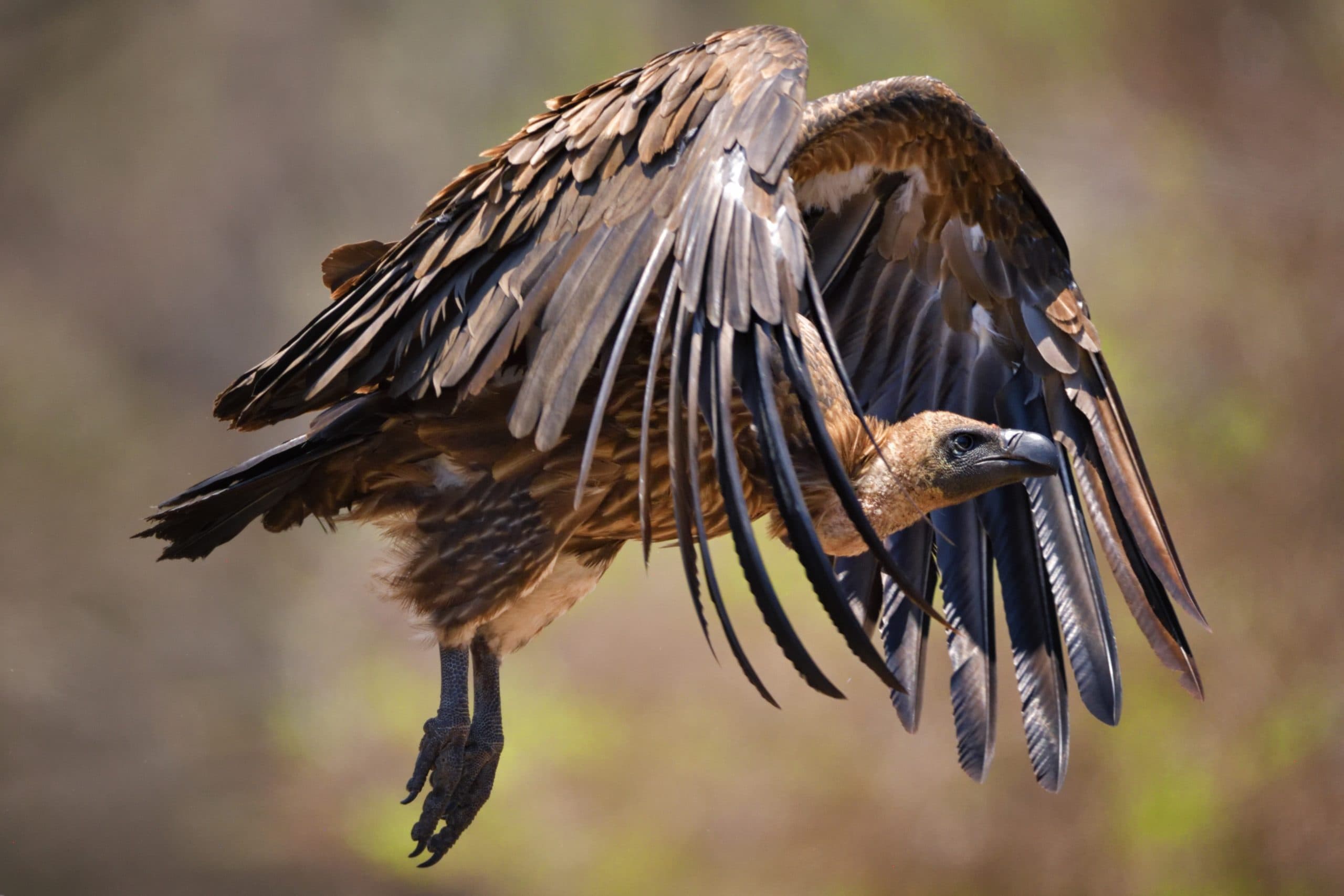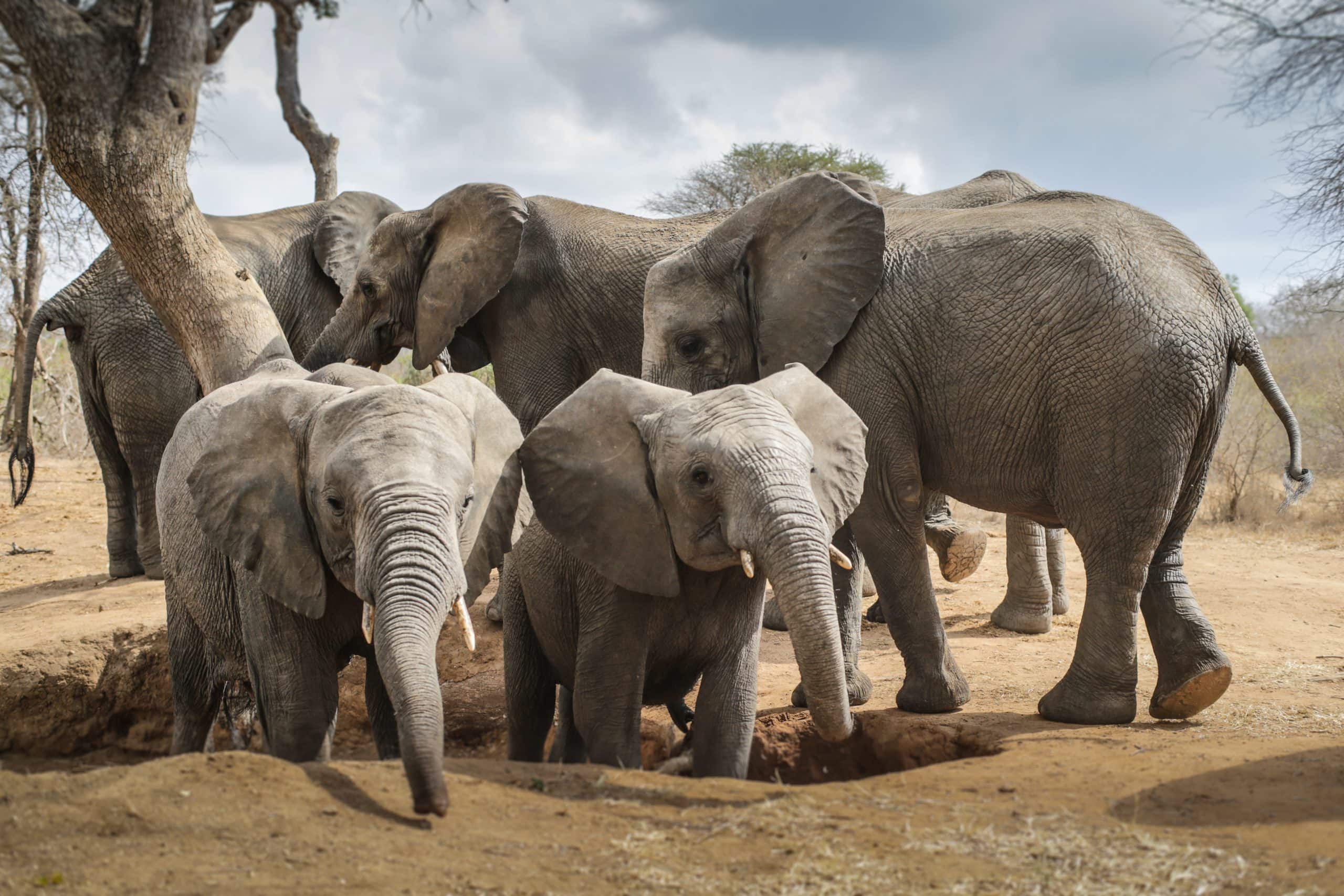“Where the vultures assemble, there is a kill.” – Shangaan proverb
by jabulanisafari
Seeing vultures circling up in the sky overhead is always a sign of something happening on the ground or in the trees below – a recent kill by the big cats perhaps. We spotted the birds and knew a big sighting was coming. As we turned the corner and drove down the dirt path with Senior Guide Jason at the wheel, we spotted them. A lone adult giraffe lay on the ground. It’s never an easy sight but we live closely enough with nature to know that it’s an essential one. Every animal needs to feed. And nature needs to keep the balance of numbers in the wilderness. Even photographing what we saw felt wrong, but this giraffe was providing for countless creatures in the reserve.
Feeding off the carcass were more vultures than we had seen in a while. Teems of them. They were scattered across the ground around the animal’s body, in the trees, in the carcass, and soaring up and down above us, catching the thermals that can carry them distances of up to 150 kms. They were hard at work, serving the vital and highly underrated role they play in the wild: feeding on dead or dying animals, cleaning up and recycling leftovers.
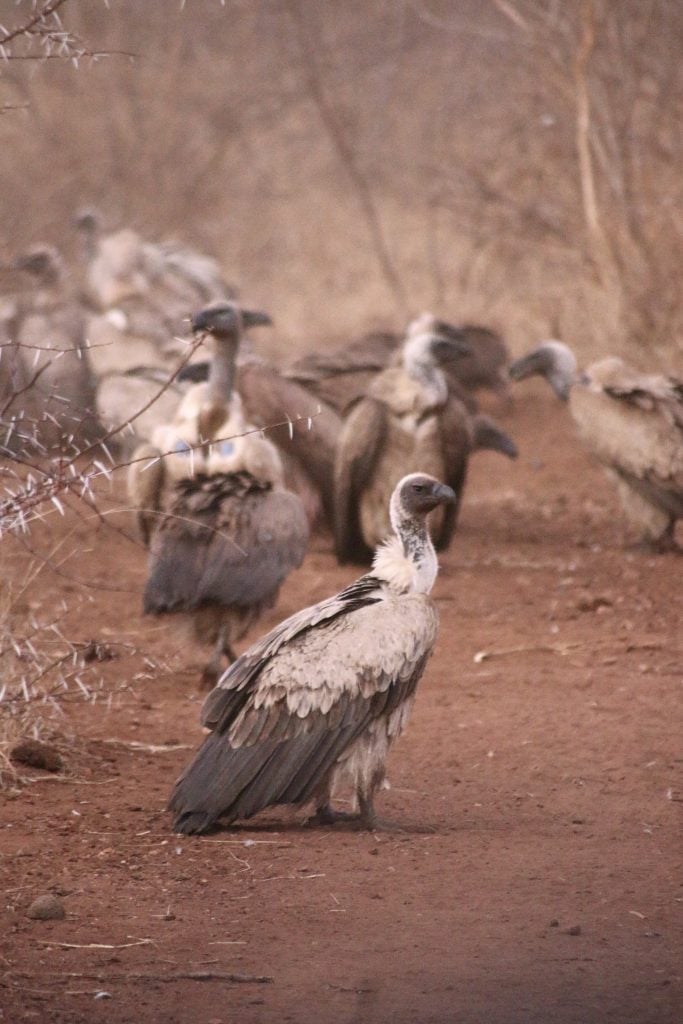
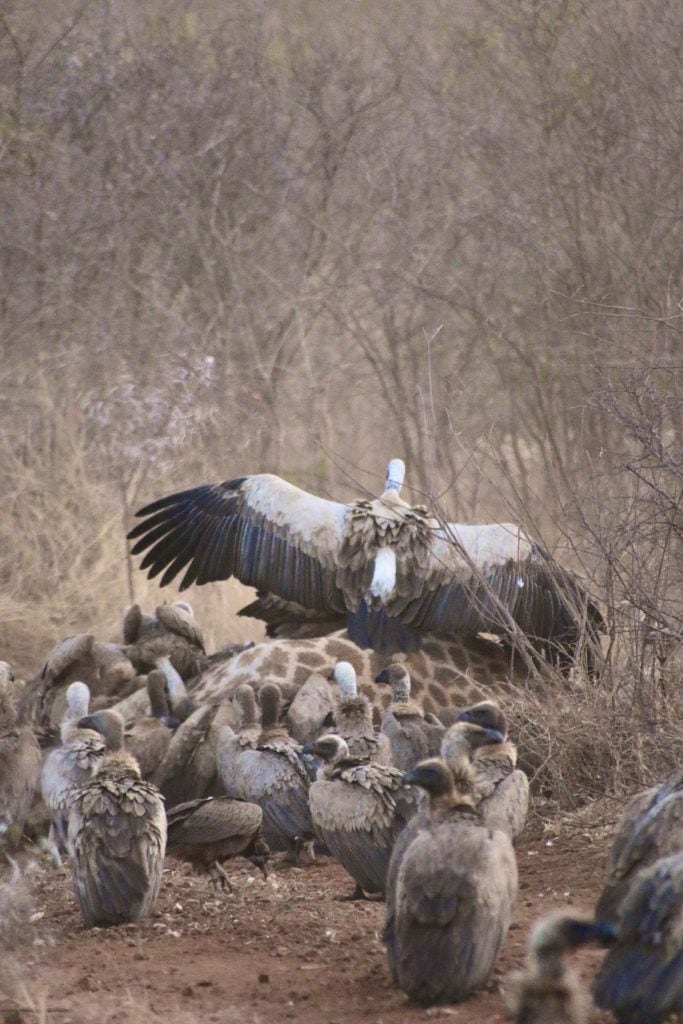
Vultures are vital ecologically but they face a range of threats with some species facing extinction. The critically endangered vultures in southern Africa include White-backed Vulture, White-headed Vulture and Hooded Vulture. The endangered vultures include the Cape Vulture and Lappet-faced Vulture, while the Bearded Vulture is near threatened. Rüppell’s (Critically Endangered) and Egyptian (Endangered) vultures are both vagrants to the region.
Read more about the challenges facing vultures with BirdLife >
